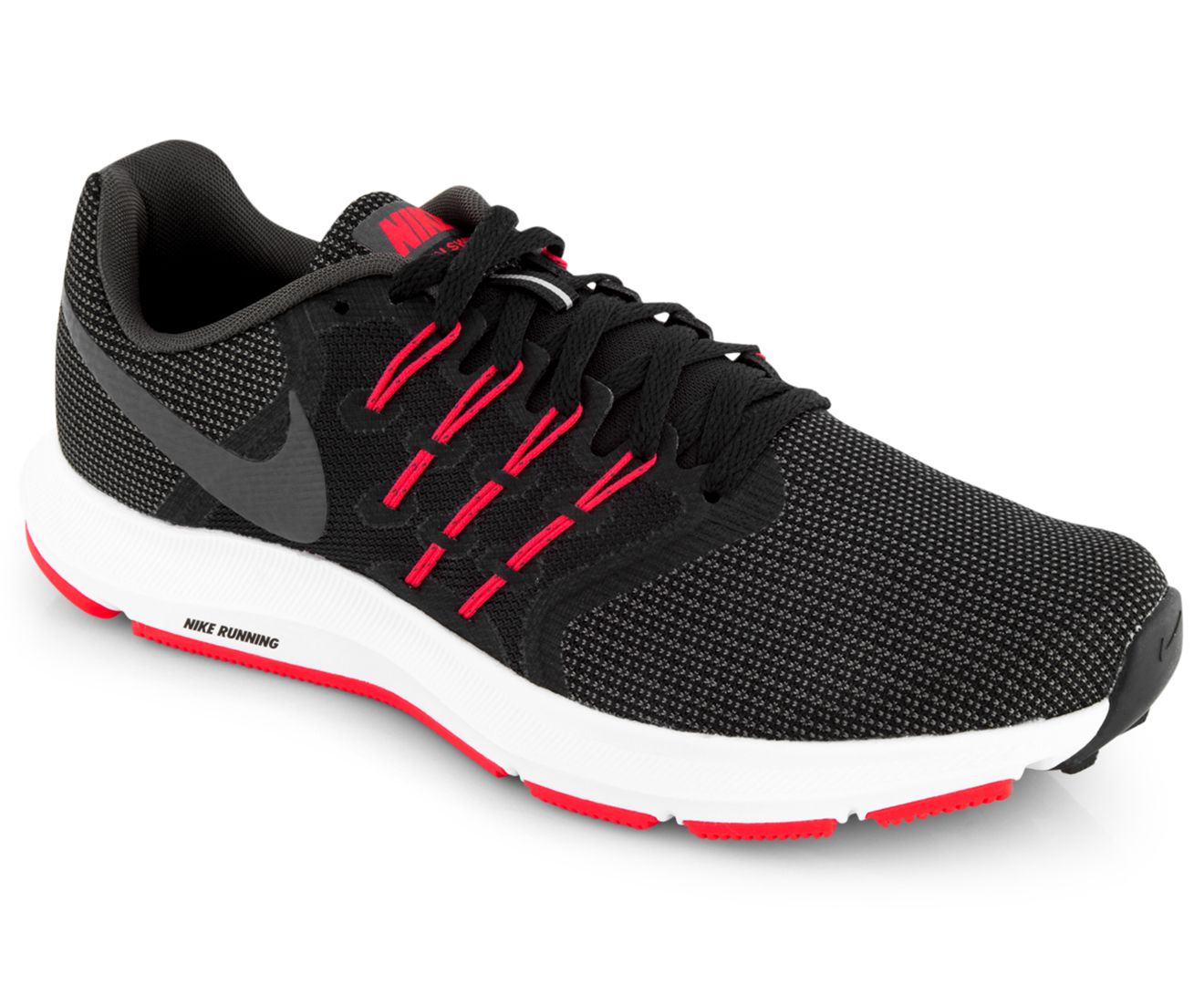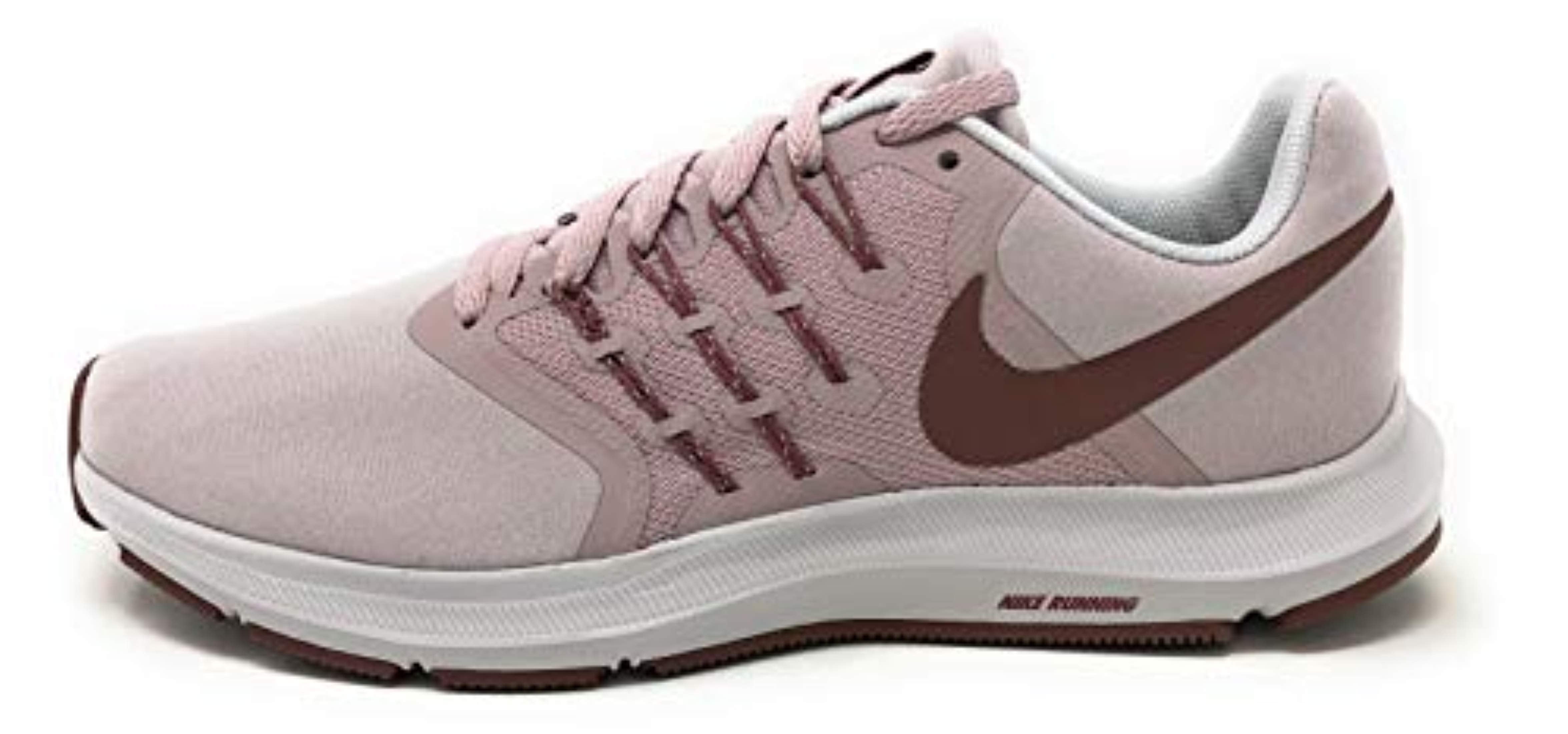

Poles can greatly add significant power to a stride, and the Trail Shark grip of LEKI poles optimizes the power transfer between your arms, the poles, and the ground. With features that cater to the unique needs of runners, LEKI poles can improve your ability to travel over complex terrain. While many other brands have created trekking poles for hiking and then marketed their lightest pair to runners, LEKI is the first brand to design poles specifically for trail runners.

To learn more about the mechanics of using poles as a trail runner, listen to this how-to by Trail Runner Nation and watch this video from LEKI: More points of contact with the ground can help you feel more in control, especially as terrain steepens and grows more technical.

Having poles to assist with a descent can reduce fatigue in your legs and allow you to move with more confidence. The oversized release button on the new Trail Shark grip allows for quick release on the go without the need to even look at the grip. Most runners who use poles regularly recommend removing any wrist straps before descending to help protect your shoulders in case of a tumble. With additional points of contact, poles can improve your balance and help you avoid falls. Using poles on steeper terrain can also help you maintain a more upright posture, keeping your chest and lungs open to help you breathe more deeply. On less steep slopes, especially where you can maintain the running motion, by using the natural swinging motion of your arms to synchronously plant the pole opposite of the foot you’re stepping forward with, you can add extra propulsion to each stride.Īs the terrain steepens, it’s natural to switch to a double-poling motion, pulling yourself up the mountain with the muscles in your arms in addition to pushing with your legs.

Like cross-country skiing, there are several different ways to use poles depending on the steepness of the slope. There’s little denying that poles can provide a significant advantage when traveling uphill on steep terrain. All photos courtesy of LEKI unless otherwise noted. Often described as turning a person from a two-wheel-drive vehicle with just two feet into a four-wheel-drive mountain-ready machine, poles can help increase stability, traction, and efficiency over many types of terrain, allowing you to move faster for longer.įully extended LEKI Ultratrail FX.One Superlite poles. Providing extra power on the uphills, stability on the downhills, and energy-saving extra points of contact when moving over rocks and roots, poles can provide a significant advantage, especially as the miles and vertical gain start to rack up during a race. But if the rapid adoption of their use by top ultrarunners and mountain runners is any indication, poles are here to stay. For various reasons, poles have been slower to catch on in North America, and many races still ban them. Photo: LEKI/Liam Doran Poles for Mountain TerrainĮuropean mountain runners have been using poles for moving smoothly and efficiently over difficult terrain for much longer than their North American counterparts. The extremely light and stiff carbon poles are paired with the new Trail Shark grip to keep them securely in your hands, to optimize energy transfer from your arms to the ground, to help take the load off of your legs, and to provide additional propulsion through your stride.Ĭourtney Dauwalter putting the LEKI Ultratrail FX.One Superlite poles to use. Less means faster, and the Ultratrail FX.One Superlite has everything you need in a pole, and nothing you don’t. The LEKI Ultratrail FX.One Superlite poles, the flagship of the five-model trail running collection, are reduced to the essentials and designed to meet the specific needs of runners. Top ultrarunning athletes, such as Courtney Dauwalter, Sabrina Stanley, François D’Haene, and Dylan Bowman, all turn to LEKI for their poles. LEKI continues to advance pole technology with innovation, quality, enthusiasm, excellence, partnership, and responsibility in order to create the ultimate tool for training and racing. In 1974, they created the world’s first adjustable hiking pole, and in 2013, LEKI became the first company to develop poles 100% for trail running. Founded in 1948, LEKI entered the pole market with a commitment to creating improved ski pole grips and baskets. When it comes to moving quickly and smoothly over difficult mountainous terrain, it’s hard to deny the advantage that poles can provide.


 0 kommentar(er)
0 kommentar(er)
